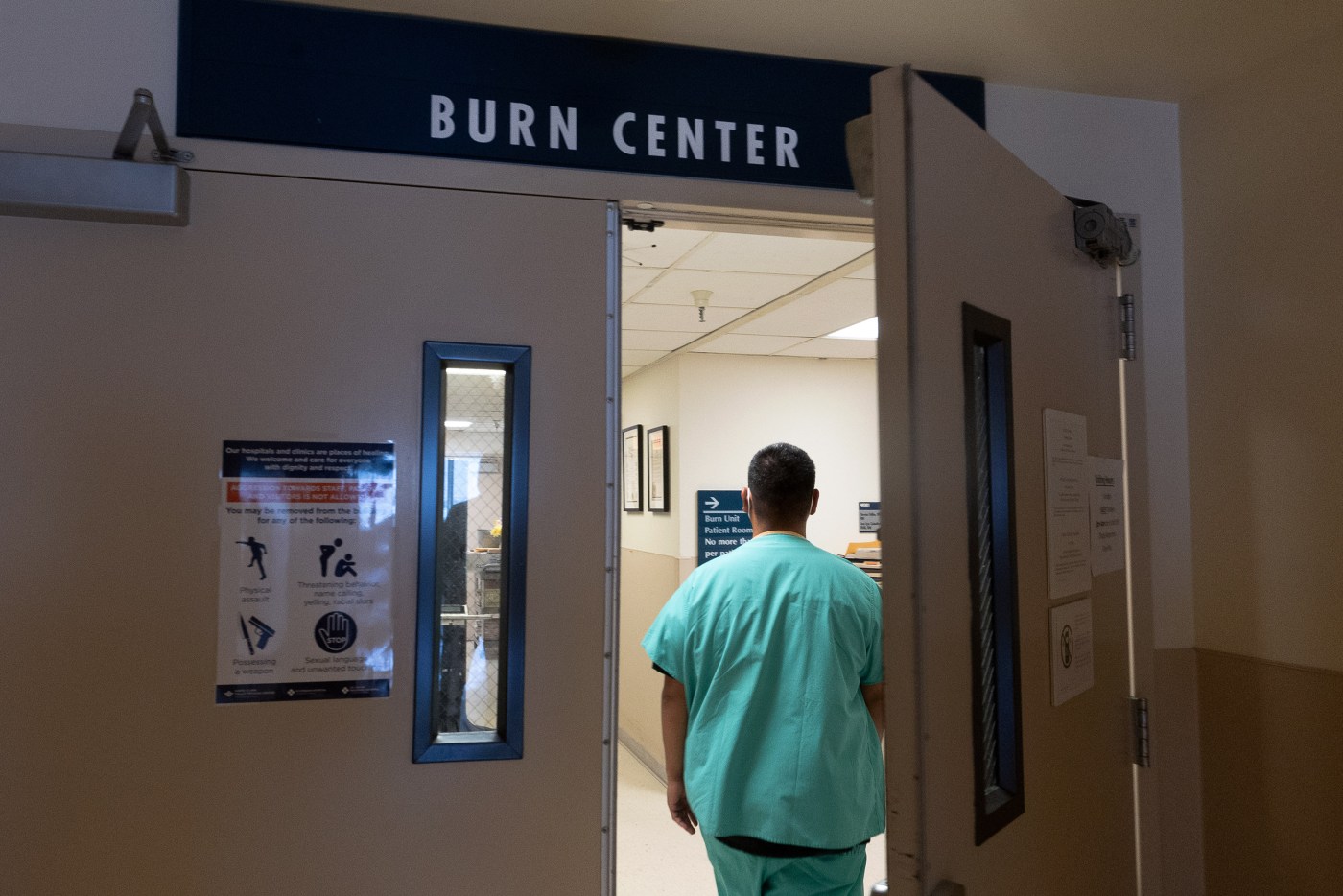Business
Santa Clara County Faces $223 Million Loss in Medicaid Revenue

Santa Clara County will lose approximately $223 million in Medicaid revenues this fiscal year due to federal budget cuts. This significant loss stems from changes enacted under President Donald Trump’s budget bill, which aims to reduce funding for the Medicaid program over the next decade by $1 trillion. The county operates four public hospitals and 15 clinics, and the impact of these cuts is already being felt among its residents, many of whom rely on Medi-Cal, California’s Medicaid program.
The county’s executive, James Williams, indicated that the loss is just the beginning of a challenging financial period ahead. Although new eligibility requirements won’t be implemented until December 2026, the immediate effects have prompted cuts and freezes across several Medicaid revenue streams. Approximately one in four residents in Santa Clara County depend on Medi-Cal for their health care needs.
Immediate Budget Adjustments Underway
As a result of the lost revenue, the county is currently exploring ways to save $200 million in health care costs, a decision that will be reviewed by the Board of Supervisors in February during the mid-year budget assessment. Williams emphasized the urgency of the situation, stating, “The magnitude of what we’re facing is quite large, and we don’t think it’s prudent fiscally to wait.”
Santa Clara County is anticipating an even more pronounced revenue drop, projecting a loss of $506 million in Medicaid revenues for the fiscal year 2026-2027. While specific areas for budget cuts have yet to be disclosed, county officials have hinted at examining redundancies within the health care system. For instance, the recent decision to close the maternity ward at O’Connor Hospital was made to allow for the reopening of labor and delivery services at the newly integrated Regional Medical Center in East San Jose.
Paul Lorenz, CEO of Santa Clara Valley Healthcare, noted that this restructuring was based on data indicating a better service model for the community. He warned, “There will be longer wait times, and implications that we may feel immediately but many of which we will not encounter or experience until six months or a year from now.”
Potential Solutions and Measures for Recovery
In light of these challenges, county officials are looking towards Measure A, a proposed sales tax increase that may alleviate some of the financial strain. If approved on November 4, the measure could generate an estimated $83 million for the current fiscal year, potentially reducing the revenue loss gap to $139 million. Over a full fiscal year, projections suggest it could yield around $330 million.
Board of Supervisors President Otto Lee expressed concern about the future of essential services, stating, “We have worked incredibly hard over the past few years to protect many of our services at risk of being cut.” He highlighted the importance of maintaining programs related to behavioral health, substance abuse treatment, and homelessness.
Supervisor Margaret Abe-Koga acknowledged that previous budget cuts have targeted less critical areas and emphasized the need for a thorough examination of the county’s financial priorities. She advocated for a strategic approach to managing the budget, including the establishment of a rainy day fund to prepare for future crises.
Meanwhile, Supervisor Susan Ellenberg warned that the anticipated budget shortfalls may necessitate cuts to programs that positively impact residents but are not legally mandated. “We are innovative, we’re progressive,” she said, reflecting on the county’s commitment to effective programs. “Having to dial back to just the mandated work represents really a low point in the history of our county government.”
As Santa Clara County navigates these financial challenges, the future of its healthcare services and the well-being of its residents remain uncertain, underscoring the critical need for effective fiscal management and community support.
-

 Science1 week ago
Science1 week agoResearchers Challenge 200-Year-Old Physics Principle with Atomic Engines
-

 Politics1 week ago
Politics1 week agoNHP Foundation Secures Land for 158 Affordable Apartments in Denver
-

 Health1 week ago
Health1 week agoNeuroscientist Advocates for Flag Football Until Age 14
-

 Lifestyle1 week ago
Lifestyle1 week agoLongtime Friends Face Heartbreak After Loss and Isolation
-

 World1 week ago
World1 week agoTroops to Enjoy Buffalo Chicken, Thai Curry in 2026 MREs
-

 Health7 days ago
Health7 days agoFDA Launches Fast-Track Review for Nine Innovative Therapies
-

 Top Stories1 week ago
Top Stories1 week agoUnforgettable Moments: The Best Victoria’s Secret Performances
-

 World1 week ago
World1 week agoGlobal Military Spending: Air Forces Ranked by Budget and Capability
-

 Politics1 week ago
Politics1 week agoMassachusetts Lawmakers Resist Audit After Voter Mandate
-

 Politics1 week ago
Politics1 week agoIsraeli Air Strikes in Lebanon Kill One, Wound Seven Amid Tensions
-

 Lifestyle1 week ago
Lifestyle1 week agoJump for a Cause: San Clemente Pier Hosts Fundraiser Event
-

 Business1 week ago
Business1 week agoMaine Housing Inventory Surges to Post-Pandemic High









